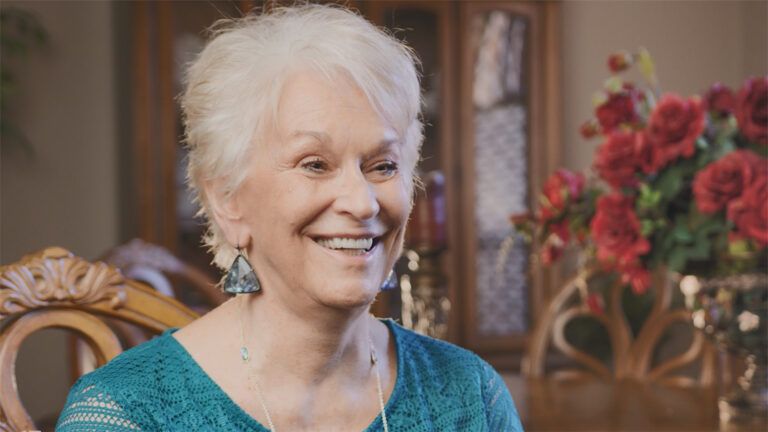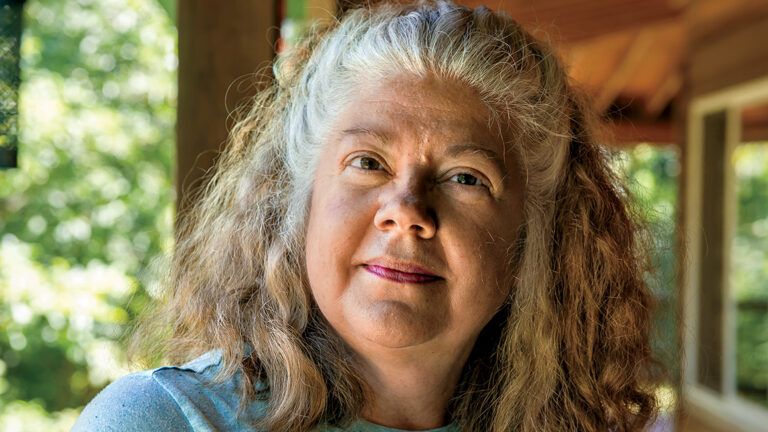Clearing clutter is a challenge at any age, but with a lifetime of possessions and memories, clean-outs can be particularly daunting. Whether you’re sprucing up your home or helping a parent who’s downsizing to a smaller place, de-cluttering isn’t a chore to skip.
An organized home is good for everyone, and seniors who have a clean, neat space reap multiple benefits. Whether it’s the pleasure of a home filled only with useful and enjoyable items, the protection against falls that comes with de-cluttered rooms and hallways, to peace among grown children who may (or may not) have their eye on certain possessions to the, the time to clear your clutter is now.
Cathy Bock, a certified professional organizer and owner of Northbrook, Ill.-based Chaos Tamers Professional Organizing, has helpful tips to help even the most chronically disorganized get a handle on their homes. And, look forward to an emotional boost from having undergone the process, she says: “Clearing the physical clutter clears the emotional baggage of worrying about all those possessions.”
1. Break Down the Project
Avoid overwhelm by thinking about your home in small sections. You might divide the job by category, like books, photos, clothes, and furniture. Or, you could work on one room at a time. However you choose to organize the work, Bock says, put an unemotional job at the top of the list.
“Don’t start with sorting family memorabilia” that will trigger deep feelings and memories, she says. Instead, start by weeding out unwanted or expired food, going through the kitchen junk drawer, or sorting bakeware, dishes, coffee mugs, or cookbooks.
2. Establish a System
Bock’s organization uses a four-category sorting system: Keep, Donate, Garbage, and Recycle. The simple act of separating the “keep” items from everything else (while organizing the “everything else”) helps focus the energy on looking more realistically at the items they think they need.
Some of Bock’s clients, especially those who are chronically disorganized, might be surprised by the number of duplicates they have—the sorting system will help them choose 2 pairs of black slacks to keep, and easily donate the other 12 pairs they found in their closet.
3. Have Honest Conversations with the Family
A major emotional challenge of clearing clutter later in life comes when it’s time to ask kids and grandkids what they want—and be prepared to hear the answer even if it is “no.” Bock recommends parents have individual conversations with family members and ask open-ended questions about what each would like to have.
A master list or color-coded marking system can ensure there is no confusion about what items go to whom. The family should consult eBay or other online resale sites to get an accurate picture of items’ financial value.
4. Be Honest with Yourself
Letting go is a difficult process. Navigating it smoothly means being honest about your current and future space and usage needs. Bock asks clients these questions: Will the item fit in your new place? What is the worst thing that could happen if you gave this away? You only have so much storage room; do you want to use it for this object, or for your family photos?
When someone is struggling to let go of an impractical object, she urges them to think about where the object will get the most use: “We remind clients if they aren’t using an item, they can donate it to a charity and someone else will have the pleasure of using it.”





